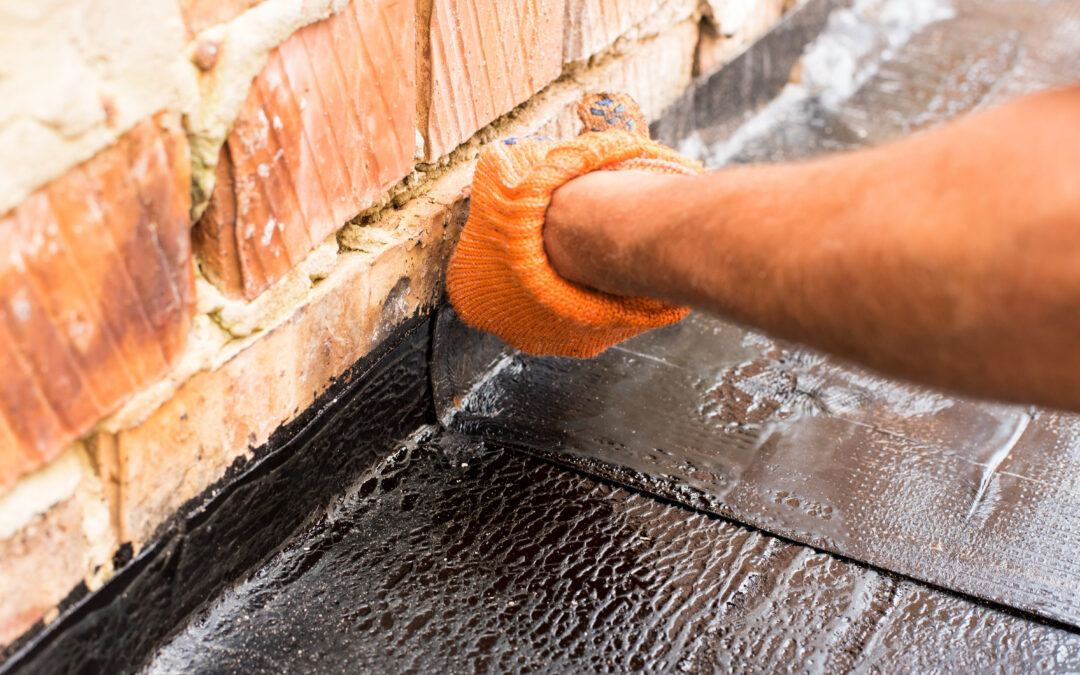Waterproofing comes in many different forms, from the simple techniques of sealing a wall or floor to complex installations that can protect whole buildings. The most popular form of waterproofing is called drainage.
Drainage means to make water flow away from a building rather than onto it. It can also refer to installing specialist drainage pipes in buildings, which carry rainwater off the roof and into nearby gutters or soak ways.
Ways of Waterproofing
The most basic form of waterproofing is the simple application of waterproof membranes over an external wall, ceiling, or floor. This will keep the rainwater off the surface and prevent seeping into the walls and causing drying or mold damage. You may choose this option if your property suffers from dampness, mold, or other forms of water damage that could be stopped by installing proper drainage pipes in your property’s walls and roof. Waterproof membranes are relatively cheap and easy to apply, and are lightweight.
Alternatively, you can waterproof a property by designing unique drainage systems that work with the ground’s natural processes. This waterproofing involves installing specially designed drainage pipes in the building’s walls and roof. This usually involves using concrete or mortar for its strength and can be made more robust by having the lines either encased in steel or left exposed on the building’s surface. This option is more expensive but can produce better results in reduced water damage inside the property.
Waterproofing and Construction
Waterproofing is most effective when combined with construction techniques that keep outside moisture from a property. For example, if you have a wall that will be exposed to heavy rain or snow, you should use waterproof membranes to protect it. This process can also be used on floors or ceilings exposed to rain or moisture from above.
However, if roofs cover the room’s walls and ceiling, rainwater will be going through your property. If you prevent water from coming in but want to let it go when it is wet, you can absorb the water into a drainage system and then let it run off into a drain or gutter. This type of procedure requires unique drainage systems designed to deal with rainwater.
Drainage Problems
As water damage is one of the plagues of modern society, it is essential that you need to find a drainage company that can do the job. Problems with a drainage system or waterproofing can occur gradually over time, and you may not even realize there is a problem. Signs that you need waterproofing drainage services include the filthy gutters on your property, and the downpipe seems to be blocked with rubbish. There is mold on the interior walls of your home due to water damage.
You may also notice higher than normal water levels around your property during rain around windows, doors, roofs, or the basement.
When using the soil testing equipment provided on drainage and waterproofing service, it is typical to test for pH levels in the soil or groundwater and various petroleum, mineral, and chemical levels in your water table. When you see a high amount of chemical or mineral deposits in your water table or high levels of toxicity to the soil and groundwater, then it is likely that a drainage problem has happened.

